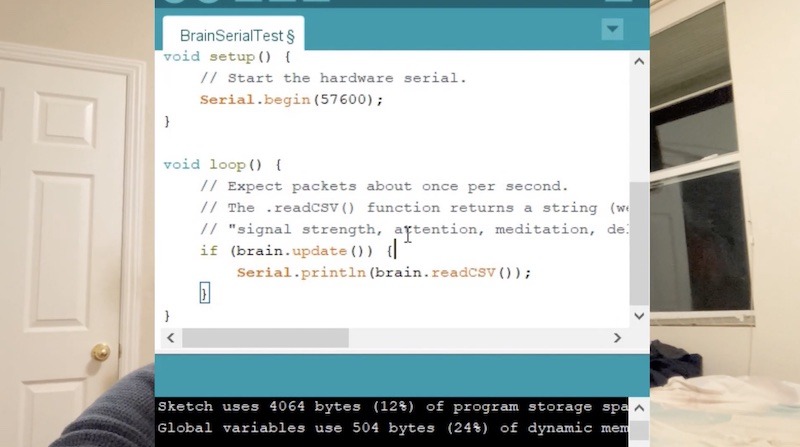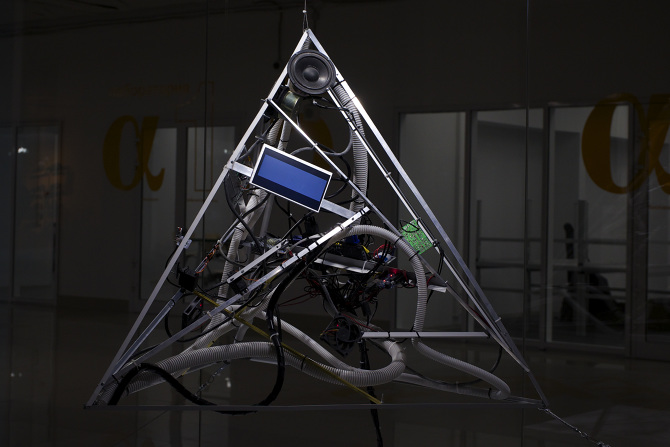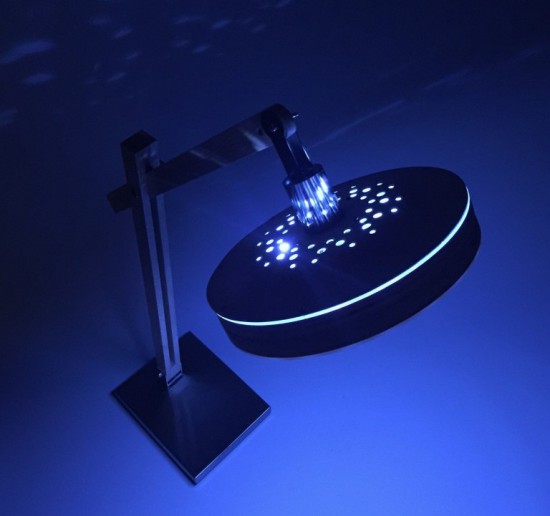18

When you read a book, or… other website, you may find your mind wandering from time to time. This isn’t always a big deal, but if you want to ensure that you’re getting every last bit of information on a page, YouTuber “I made this” may have the perfect solution.
His “program that could tell if you are paying attention” employs eye tracking to see where on the page you’re looking, and correlates this with input from a brainwave sensor. Conveniently, the particular unit used here salvaged from a NeuroSky toy outputs an attention value from 0-100. An Arduino board reads the EEG directly and passes data along to the computer, which then highlights text green for “paid attention,” and red for “not paying attention.”












